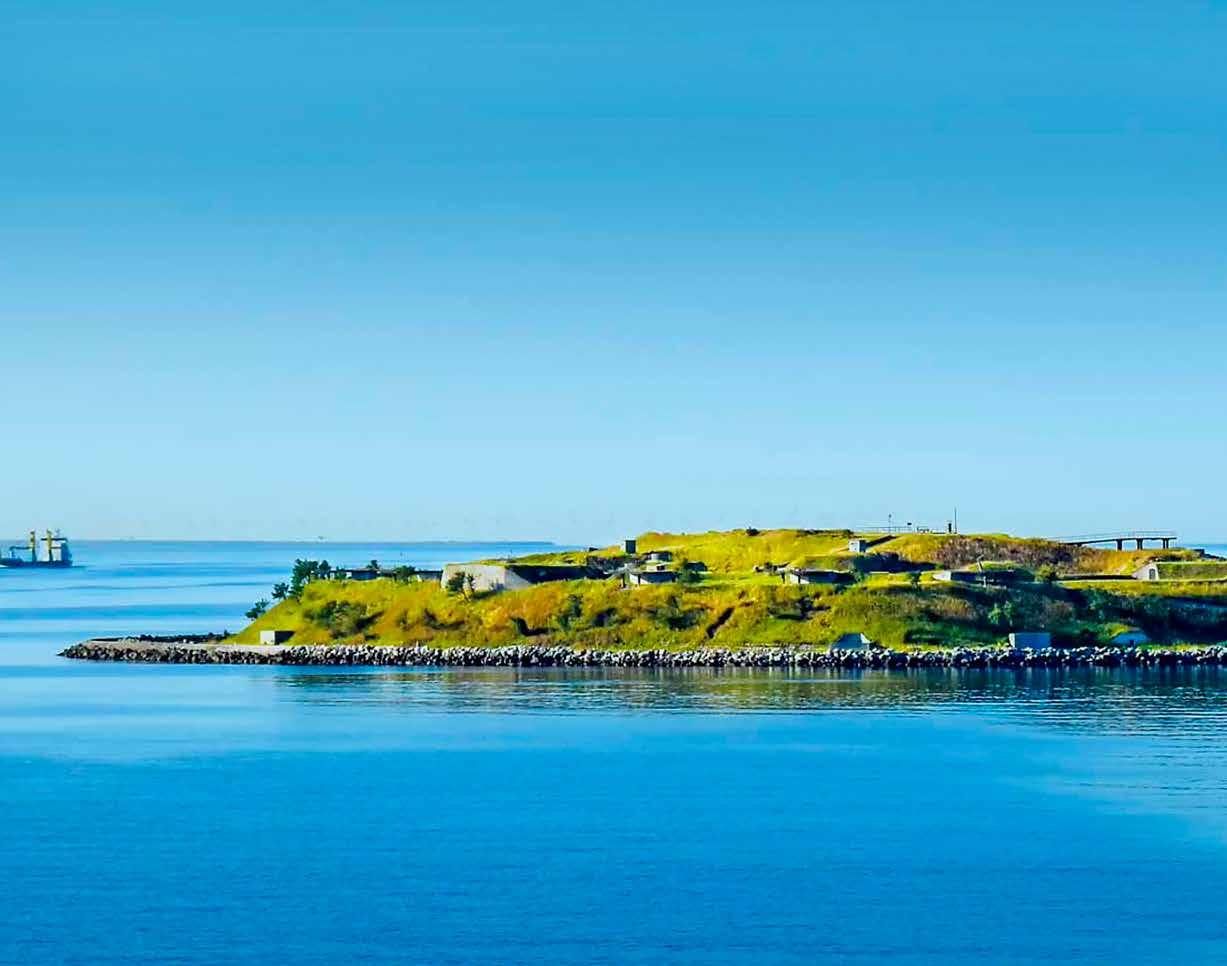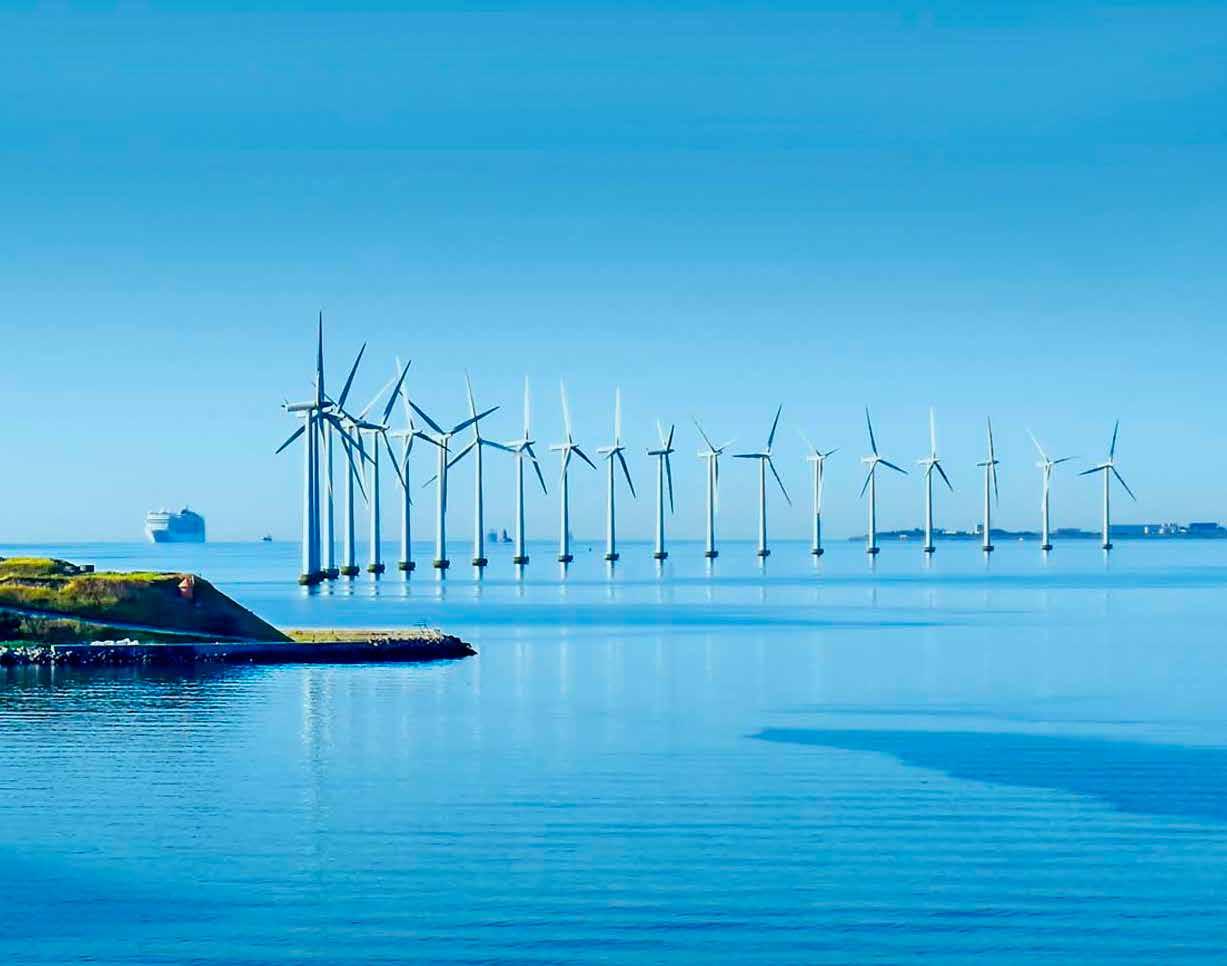
3 minute read
War in Ukraine and the energy transition
Russia’s war in Ukraine will not hinder Europe’s energy transition, DNV says
Norway-based classification society DNV has revealed within its new analysis that the war in Ukraine will not derail Europe’s energy transition. Instead, it is expected to speed it up as countries pivot towards renewables in a bid to become independent from Russian gas more quickly, leading to faster decarbonisation.
Advertisement
Turning away from Russian gas will accelerate Europe’s energy transition due to fewer fossil fuels in the energy mix and lower greenhouse gas emissions, DNV says. A new analysis from its Energy Transition Research shows that 34 per cent of the energy mix in Europe – two percentage points more than the pre-war forecast – will come from non-fossil fuels in 2024.
Pre-war model
Moreover, overall gas use will drop 9 per cent in 2024 compared with DNV’s pre-war model run. As explained by DNV, the biggest percentage increase is in solar, which by 2026 is up 20 per cent while the delayed retirement of some of the continent’s nuclear power plants is also an important component of filling the gap.
While DNV recognizes that some coal is needed in the very short term to meet Europe’s energy demand, its report and analysis anticipate that postponed retirements and higher nuclear utilization will be important to cover the shortfall of natural gas by 2024. DNV presumed Europe would cut Russian gas imports by 80 per cent in 2023 and 100 per cent in 2025 for this analysis.
Remi Eriksen, Group President and CEO of DNV, remarked: “As they did during the COVID-19 pandemic, Europe’s leaders have applied clarity of thought during a crisis to accelerate the continent’s energy transition. This time Europe is increasing energy security whilst reducing emissions.”
Emissions from energy
Furthermore, emissions from energy will be 580Mt or 2.3 per cent lower in Europe in the period 2022-2030, compared to a pathway without the Ukraine war, based on this analysis. According to DNV, this is due to the increased prominence of low carbon energy – renewables and nuclear – more energy efficiency and, in the short to medium term, lower economic growth.
DNV believes that Russia’s pivot East will not fully compensate for reduced gas exports to Europe because of lim-
Photo by DNV

ited infrastructure, as the Asian market cannot compensate for the loss of the European market. However, the analysis estimates that Europe itself will produce 12 per cent more gas in 2030, as a reflection of the industry’s reaction to higher oil and gas prices in the short term and in response to the pledge from the EU to deliver more gas.
While DNV’s analysis sees the role of imported LNG as limited by regasification capacity – with extra infrastructure expected to take two to five years to build – it still shows that imported LNG will form a strand of the continent’s overall energy security strategy. In line with this, the European Union inked a deal with the U.S. in March 2022 to get 15 billion cubic meters of LNG this year.
Sverre Alvik, Director of Energy Transition Research at DNV, commented: “The war in Ukraine has shaken the energy markets but decarbonisation remains the central theme. Energy companies will have to strike a careful balance between meeting the shortterm supply gap for oil and gas whilst avoiding stranded assets in the longer term.”
DNV further elaborated that there is a risk of overcapacity in the oil and gas sector towards the end of the decade as companies look to capitalize on the high prices and supply gap. As consequences of the conflict – such as the reduced GDP growth and slower globalization – are likely to further dampen demand, DNV forecasts that the long-term trend remains bearish for oil.
Forecasts
After looking at the changes to the energy transition forecasts following the war in Ukraine, including Europe’s decision on Russian imports, DNV reported that the increased oil and gas capacity towards 2030 will lead to lower prices which will likely increase global use in the 2030s by a small amount.
According to DNV, there is no immediate end in sight to high electricity prices for consumers. The analysis anticipates that electricity prices will be 12 per cent higher in Europe in 2024 than if the continent did not transition away from Russian energy. Additionally, the rise in commodity costs will also impinge on the take-up of electric vehicles as battery costs rise. In line with this, half of new car sales in Europe will be electric in 2028 instead of 2027, although, DNV thinks that this could be overcome by policy incentives.










